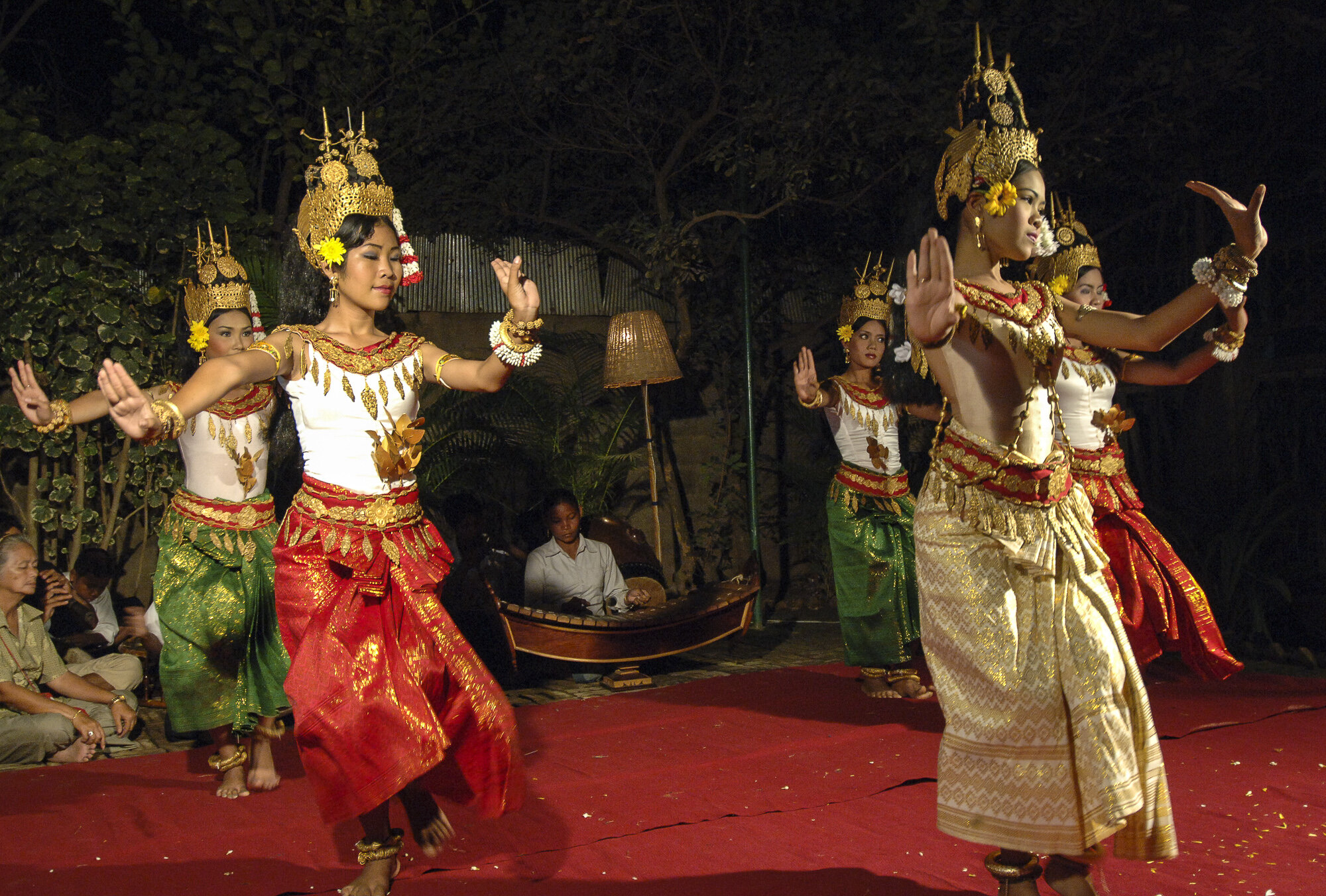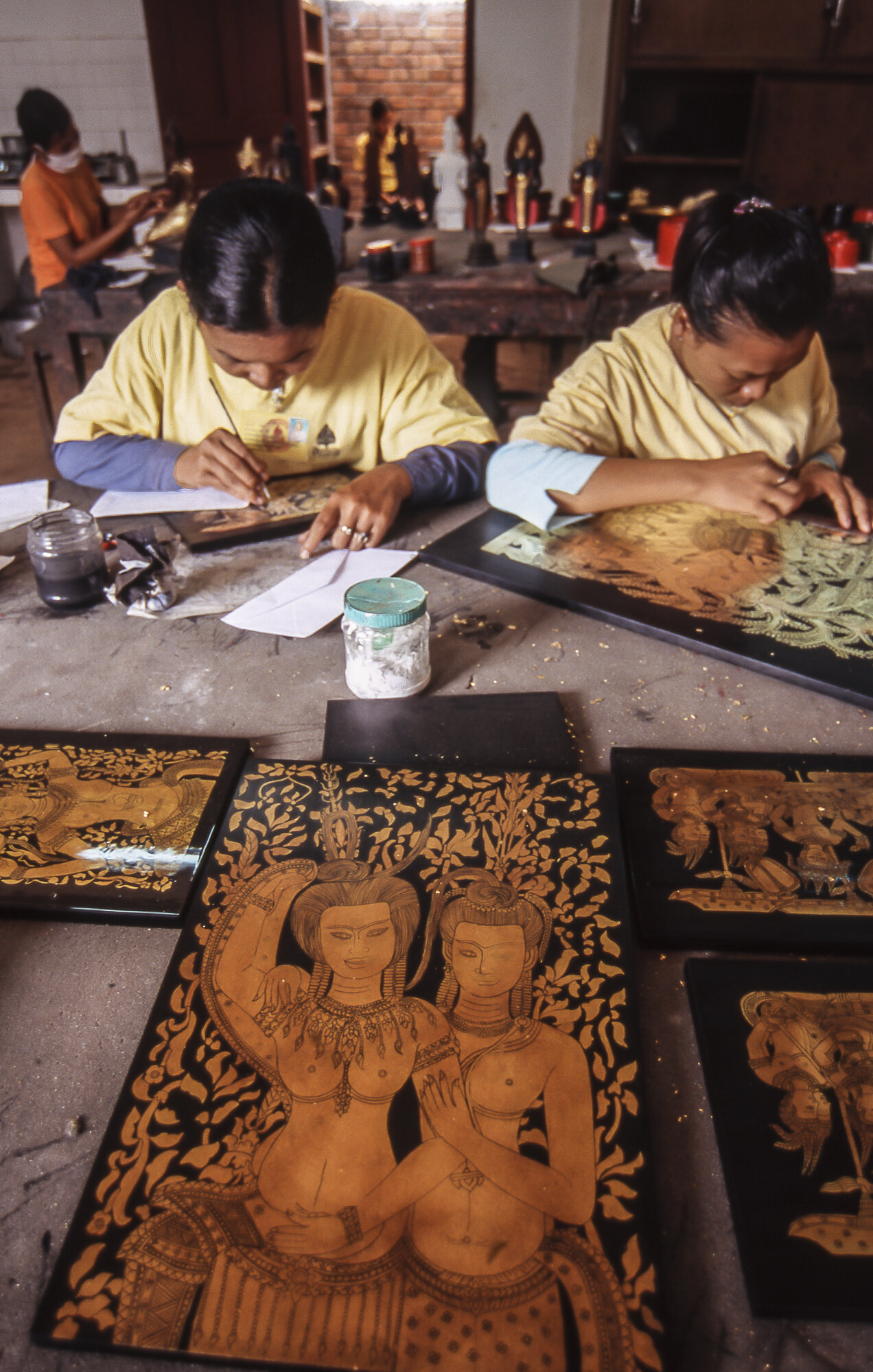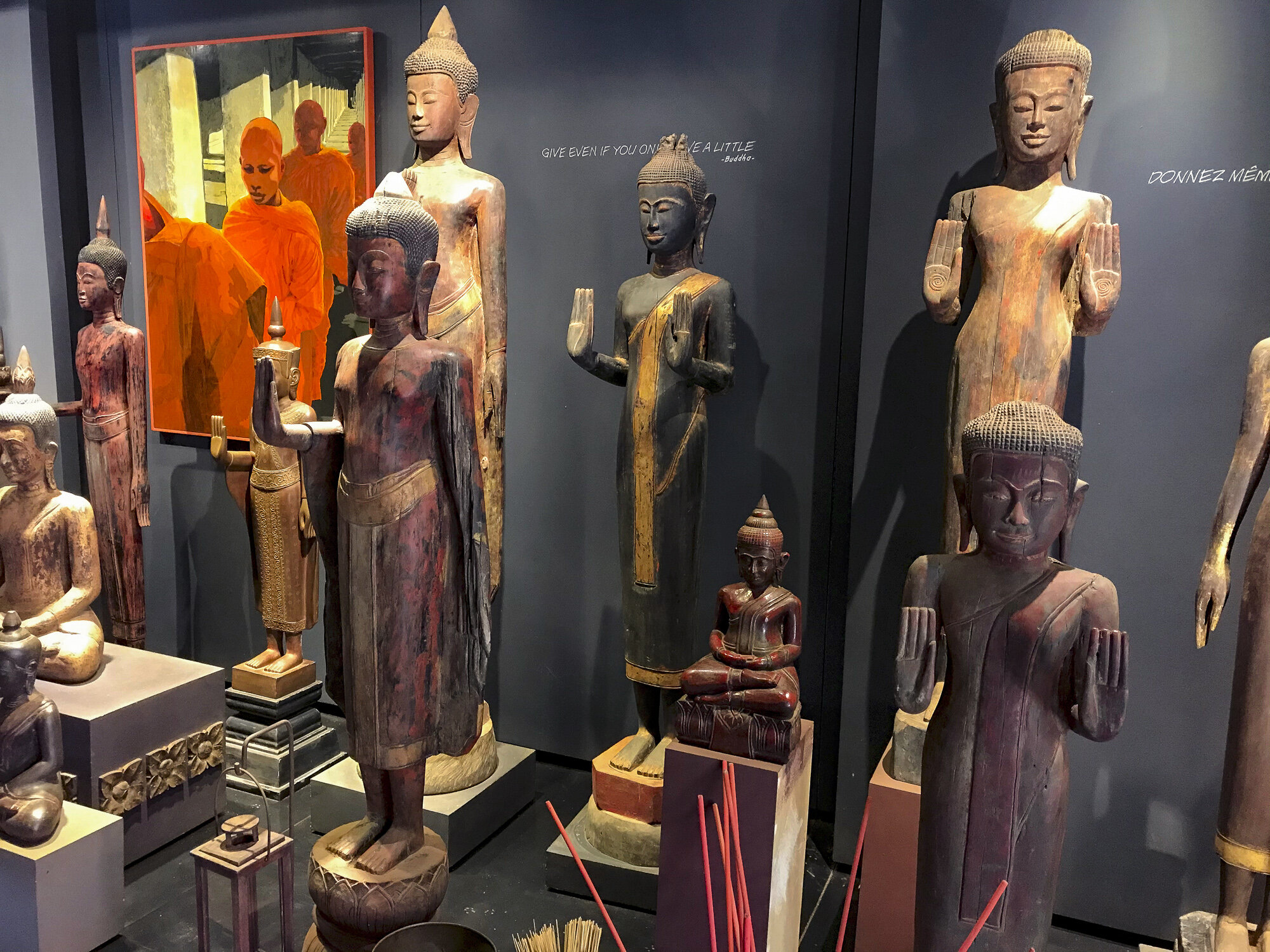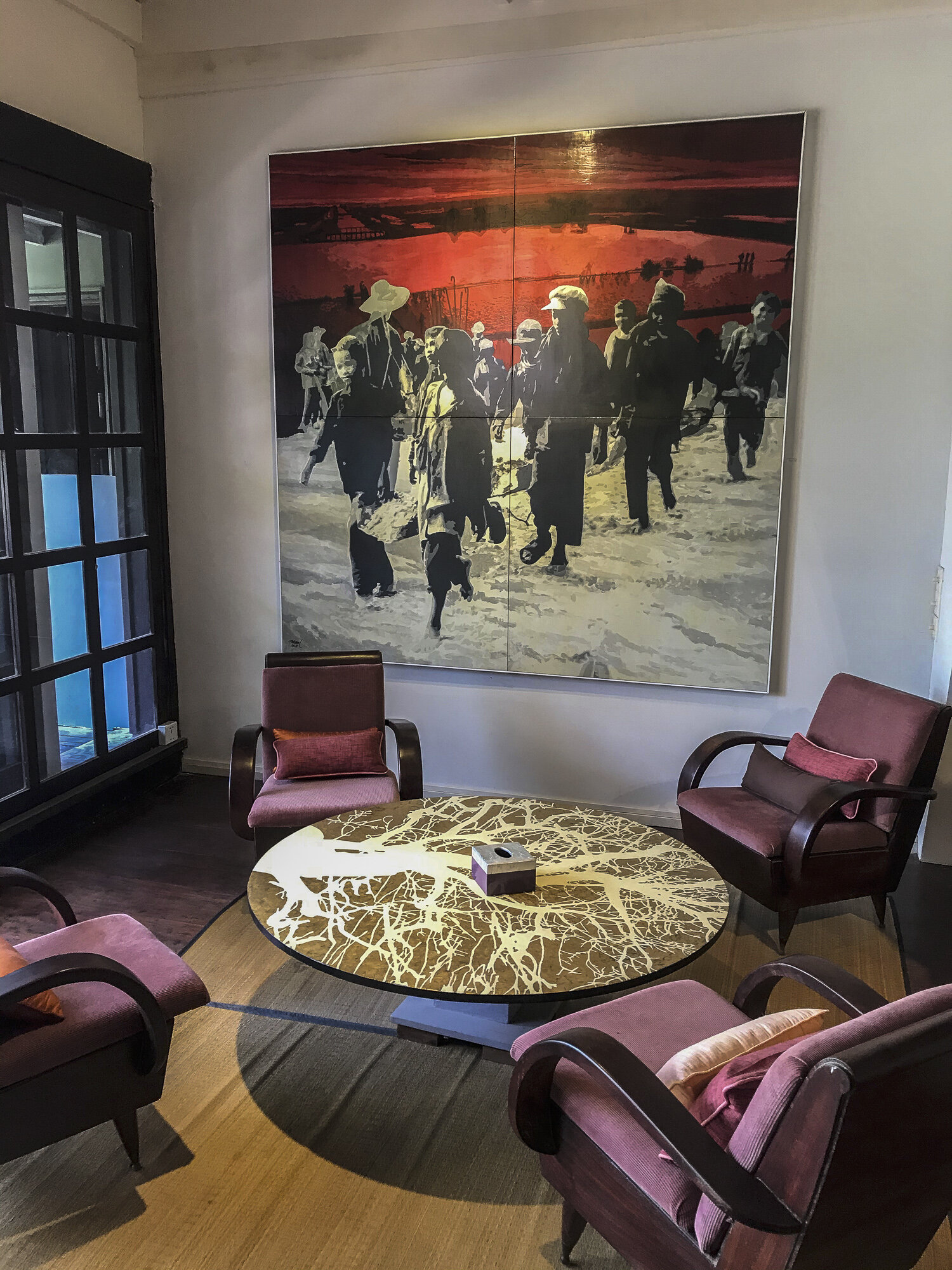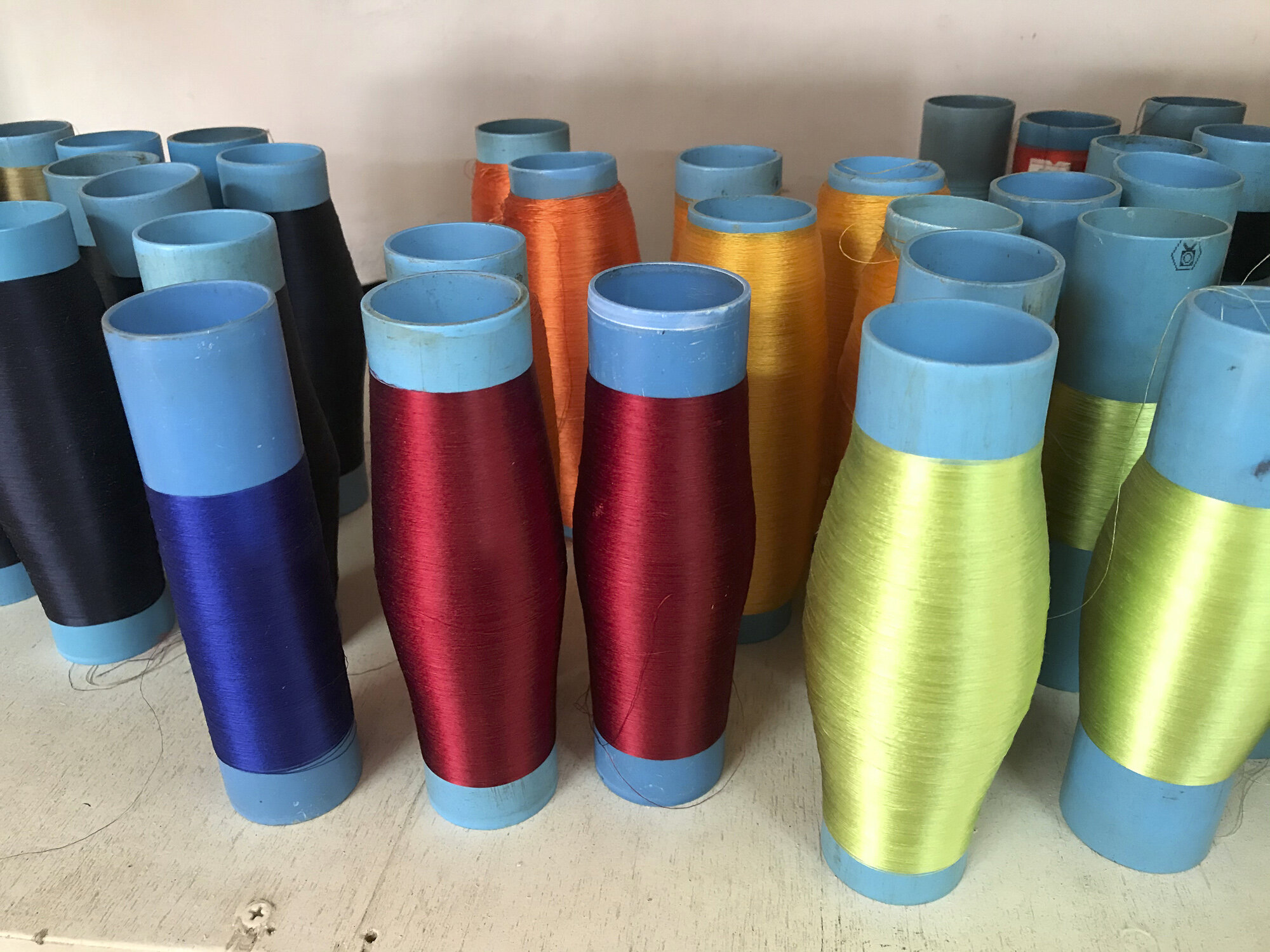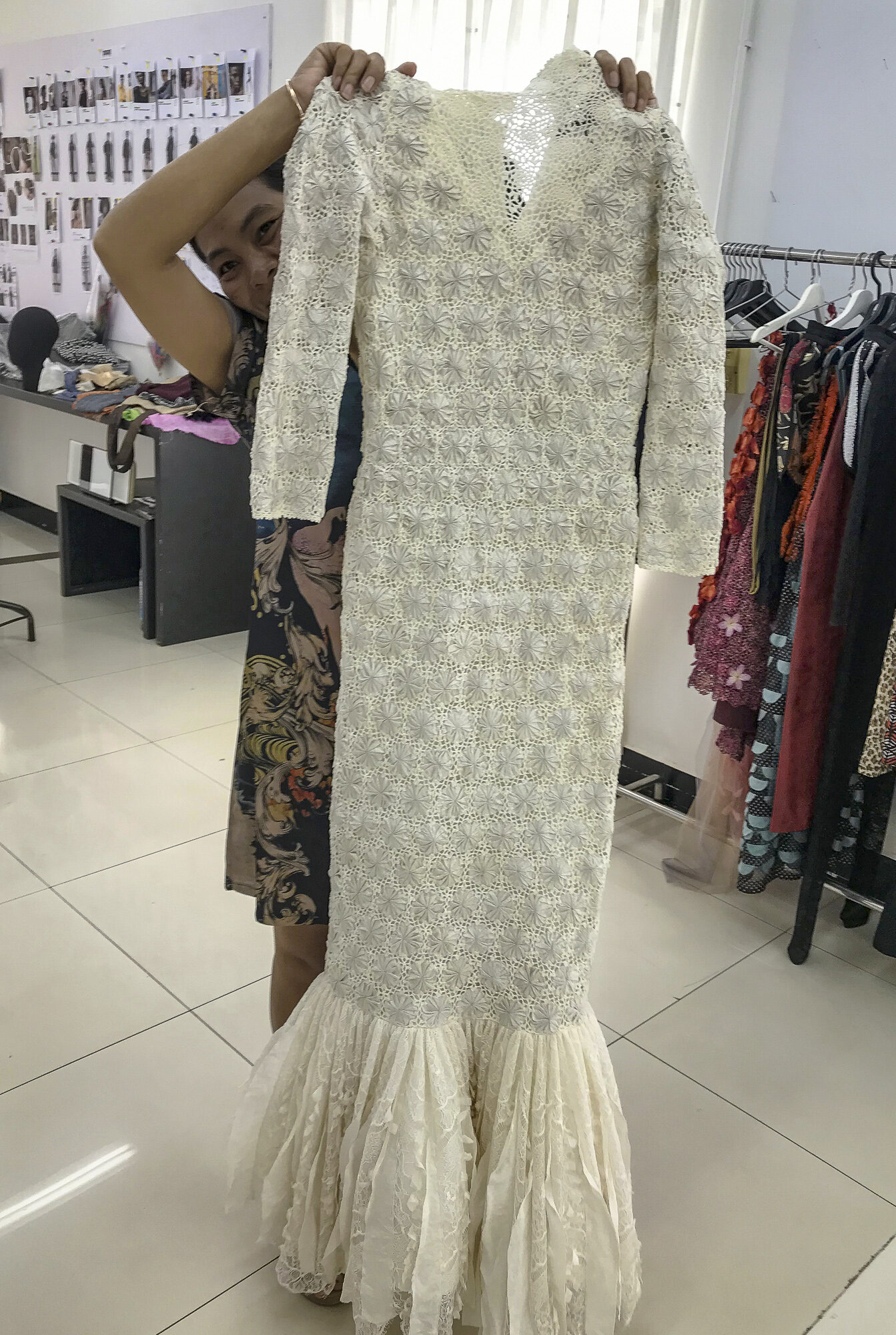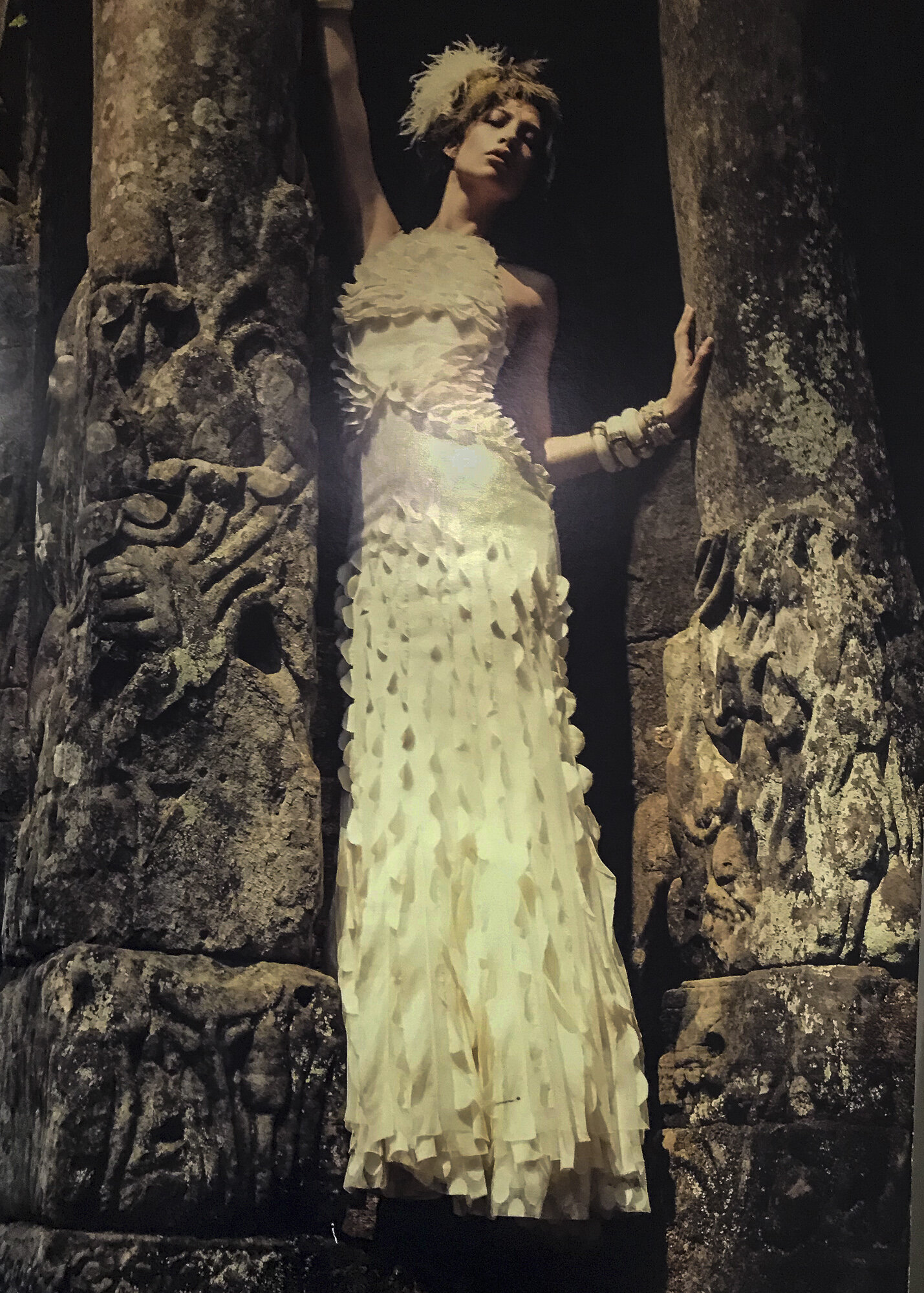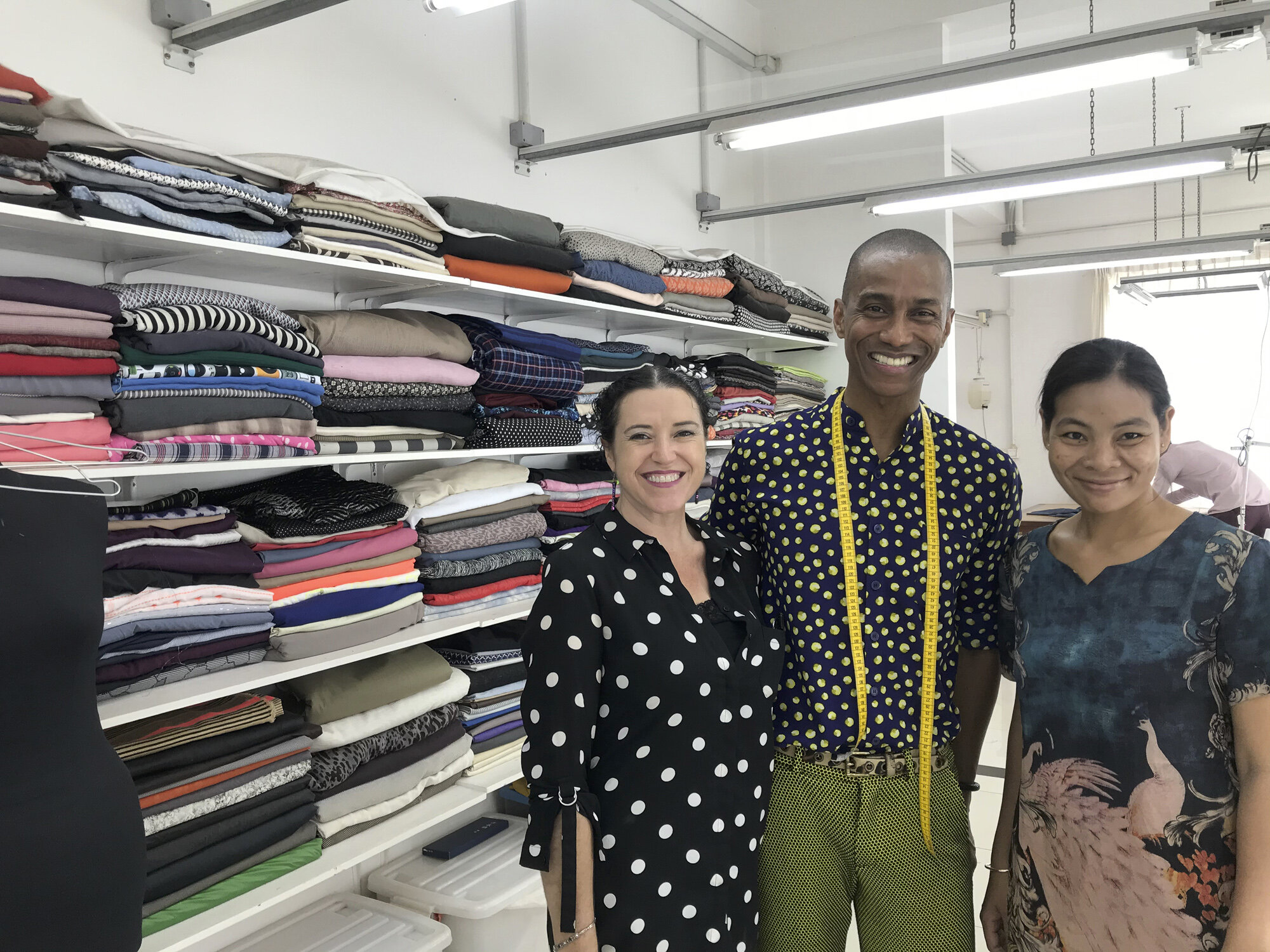KHMER ART
The history of Cambodian art stretches back centuries to ancient crafts based around the royal court of Angkor. Traditional khmer crafts included textiles and non-textile weaving, silversmithing, stone carving, lacquerware, ceramics, wat murals, and kite-making. Traditional and modern arts declined for obvious reasons during the wars including the killing of all artists by the Khmer Rouge.
My first trip to Cambodia was in 2001. Tourism had just restarted in Cambodia, and 99% of all tourists in the country only went to one place…. Siem Reap, the small village near the Angkor temples. At the time, there was only one decent hotel, the Raffles Grand Hotel and a few restaurants in the old town. But you could see things were about to change, de-mining crews were busy sweeping and clearing land mines around the temples and in areas where future hotels would be built and the whole place was backpacker kingdom.
The first artist I met while exploring the area was photographer John McDermott (www.asiaphotos.net). John had a small gallery at the hotel and he had selected infra-red film to photograph the temples and the landscape around Angkor. His prints were stunning, with the ghosting effect that infra-red film does when it captures green foliage in black and white. I was in awe of his work and I spent quite a few nights drinking beer with him, being introduced to local artists who saw Siem Reap as a new hub for designers and creative arts. Small boutiques were popping up here and there and every time I came back to Siem Reap, I witnessed change and growth.
This artistic revival increased with support from governments, NGOs and foreign tourists. By the time our Cambodian itineraries were well established, we could organise up to 12 visits with art gallery owners, fashion and jewellery designers, silk weaving centres and carvers of all types of materials. What was even more pleasing was to see the importance in training young Cambodians in learning traditional arts with the aim of starting their own small business with the assistance of micro-loans.
To see how Siem Reap has become an artistic enclave where tourism helps the resurgence of Khmer art is fantastic and an experience our travellers do not expect as we aim to show there is so much more to Cambodia than temples.
LITTLE KNOWN FACT:
Angkor Wat temple translates to “City of Temples” and is responsible for over 66% of all Cambodia’s international tourists.
BEST MONTH TO VISIT:
The best time to travel to Cambodia is in the wet season between June and early September or in the dry, cool season between November and February, depending on what your goals are.
Longitude 80 offers an in-depth itinerary across Cambodia from Angkor temples to jungle camping in incredible luxury. Contact us if you would like to start planning your Cambodia adventure for 2022 or 2023!



